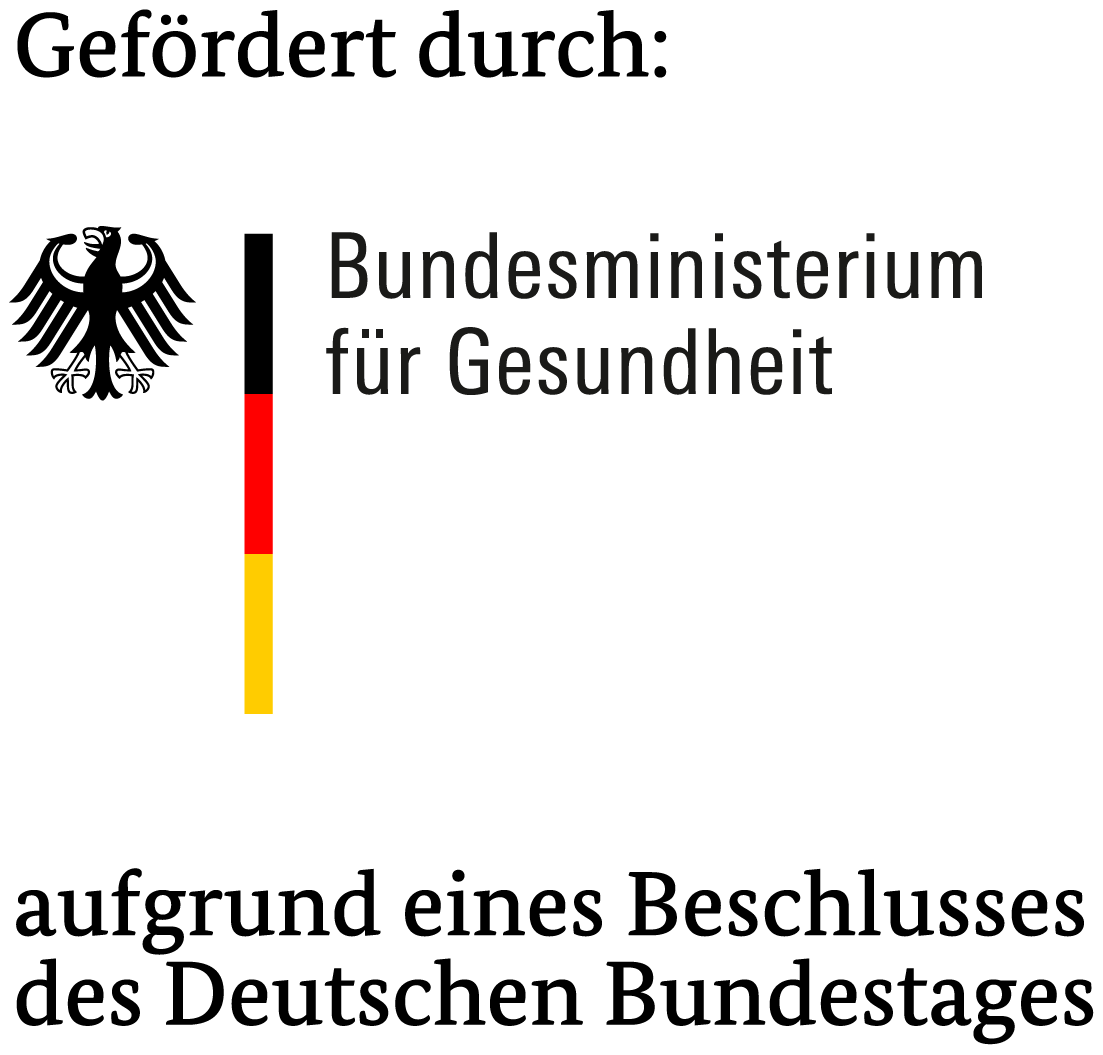Höhne, B., Pabst, A., Hannemann, T.-V., Kraus, L.
Patterns of concurrent alcohol, tobacco, and cannabis use in Germany: prevalence and correlates2014
Drugs: Education, Prevention and Policy, 21 (2), 102-109
Aims: This study investigated past month patterns and risk factors of alcohol, tobacco and cannabis use by level of intensity in the German general population. Methods: Data from the 2006 German Epidemiological Survey of Substance Abuse (ESA) were used. The cross-sectional random sample consisted of N = 7912 adults aged 18-64 years. The response rate was 45%. Intensive use of each substance was measured applying substance-specific cut-off points: alcohol: >20/30 g pure ethanol daily for women/men; tobacco: >20 cigarettes daily; cannabis: on >6 occasions monthly. Findings: The majority of substance users reported no intensive use of any of the three substances (77.5%) and 19.4% had used one of the three substances intensively. A total of 3.1% engaged in intensive use of multiple substances with alcohol and tobacco (2.3%) as the most prevalent pattern. A higher risk for intensive use of multiple substances was found among males, older individuals and those with a substance use disorder. Conclusions: Results of this study call for an integrated view on substance use and related disorders in prevention and treatment, taking diverse use patterns and specific needs of substance abusers into account.

IFT Institut für Therapieforschung
Leopoldstraße 175
80804 München
Tel. +49 89 360804-0
Fax +49 89 360804-19
Email: ift@ift.de